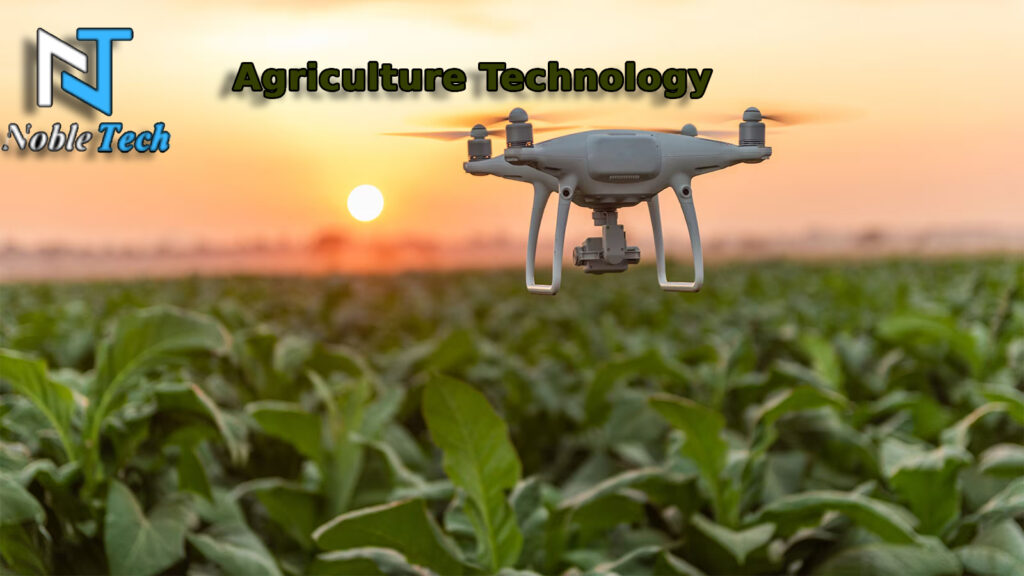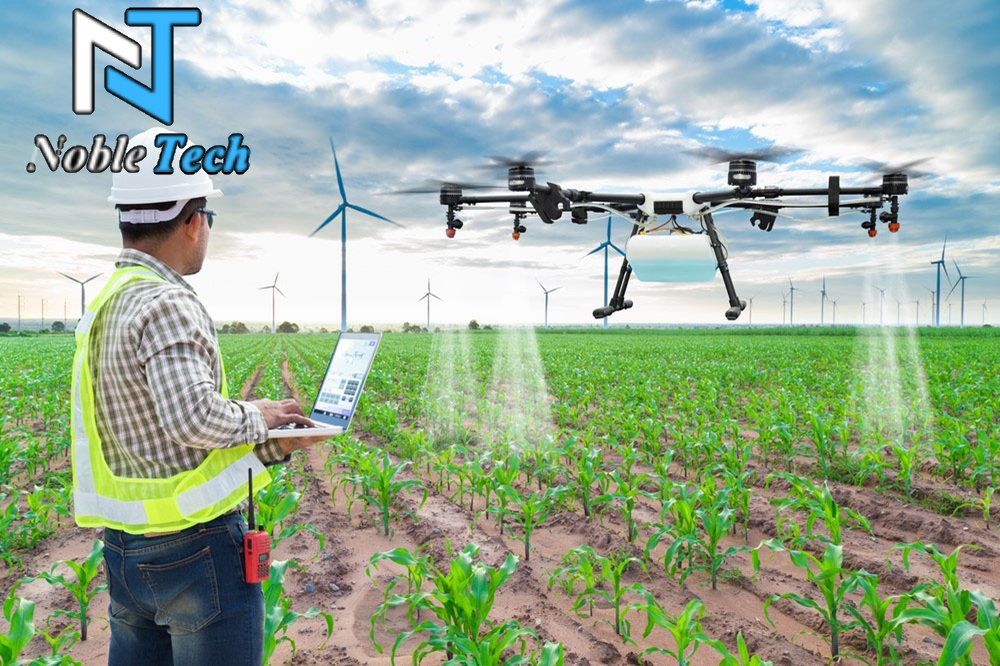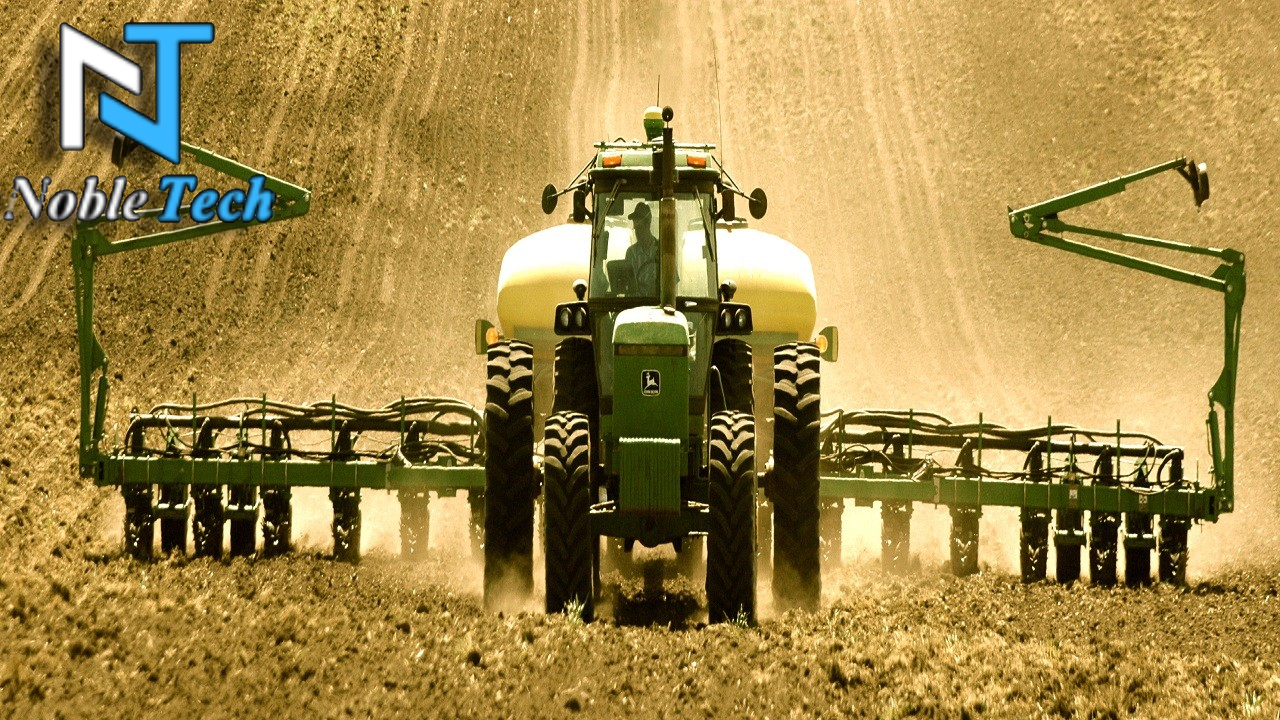Agriculture technology, or AgTech, has evolved tremendously over the past decade, reshaping how food is grown, harvested, and distributed across the globe. With the increasing demands of a growing population, changing climate conditions, and limited natural resources, the integration of advanced technologies in agriculture has become not only innovative but necessary.
This comprehensive guide explores the latest advancements in agriculture technology in 2025, its benefits, key tools and techniques, challenges, and the road ahead for smart farming.

Table of Contents
- Introduction to Agriculture Technology
- Historical Context and Evolution
- Importance of AgTech in Modern Agriculture
- Core Technologies Transforming Agriculture
- Sustainable Agriculture and Environmental Impact
- Smart Irrigation and Water Management
- Genetic Engineering and Biotechnology
- Vertical and Urban Farming
- Challenges Facing AgTech Adoption
- Government Policies and Global Trends
- Future Outlook of Agriculture Technology
- Conclusion
1. Introduction to Agriculture Technology
Agriculture technology encompasses tools, machines, software, and innovations designed to improve the efficiency, productivity, and sustainability of agricultural practices. Whether it’s soil analysis, crop monitoring, or automated harvesting, AgTech is revolutionizing how we produce food.
The modern farmer is no longer reliant solely on manual labor and traditional knowledge. Instead, they now leverage data analytics, smart sensors, and artificial intelligence to make informed decisions.
2. Historical Context and Evolution of Agriculture Technology
Historically, agriculture was labor-intensive and dependent on environmental conditions. The Green Revolution in the 1960s introduced chemical fertilizers, irrigation techniques, and hybrid seeds, significantly boosting crop yields. However, those methods also led to soil degradation and over-reliance on chemicals.
With the onset of the digital revolution, agriculture began integrating modern technology. Tractors gave way to autonomous machinery, and manual crop management was replaced by precision-based solutions. By 2025, AgTech has reached a point where data-driven farming is the new norm.
3. Importance of AgTech in Modern Agriculture
The significance of agriculture technology cannot be overstated. Some of the key reasons why AgTech is vital today include:
- Increasing Food Demand: With the global population expected to reach nearly 10 billion by 2050, food production needs to rise by 60%.
- Climate Change Adaptation: AgTech helps mitigate climate-related risks by offering predictive analytics and adaptive solutions.
- Resource Efficiency: Optimizing the use of water, fertilizers, and pesticides ensures minimal wastage and environmental harm.
- Labor Shortages: Automation fills the gap caused by declining interest in agricultural labor among younger generations.
- Sustainability: AgTech promotes regenerative farming, reduced carbon emissions, and conservation of biodiversity.
4. Core Technologies Transforming Agriculture
Precision Agriculture
Precision agriculture involves using technology to observe, measure, and respond to crop variability. Tools like GPS, GIS mapping, and remote sensors enable farmers to:
- Monitor soil conditions
- Apply variable-rate fertilizers
- Detect pest infestations early
- Track crop health in real-time
IoT in Farming
The Internet of Things (IoT) has made smart farming a reality. IoT devices in agriculture can:
- Monitor environmental parameters (temperature, humidity, moisture)
- Automate irrigation systems
- Send real-time alerts and updates
- Integrate with AI to offer predictive insights
These devices help reduce human error and improve decision-making.
Drones and Aerial Imagery
Drones equipped with high-resolution cameras and thermal sensors are used for:
- Crop surveillance
- Disease detection
- Mapping fields
- Monitoring livestock
They provide a bird’s-eye view of large farmlands, enabling faster intervention and improved yields.
Robotics and Automation
From self-driving tractors to robotic harvesters, automation is tackling labor shortages and boosting productivity. Agricultural robots can:
- Plant seeds
- Remove weeds
- Harvest fruits and vegetables
- Spray pesticides precisely
This reduces costs and speeds up the farming process.

Artificial Intelligence (AI)&Agriculture Technology
AI in agriculture is used for:
- Crop yield prediction
- Disease identification through image recognition
- Automated farm management systems
- Decision-support tools
Machine learning algorithms process massive datasets to provide accurate recommendations.
Blockchain for Supply Chain
Blockchain technology enhances transparency and traceability in the food supply chain. It can:
- Track produce from farm to fork
- Ensure fair pricing for farmers
- Prevent fraud and contamination
- Build consumer trust through verified data
5. Sustainable Agriculture and Environmental Impact
Sustainability is at the heart of modern agriculture. AgTech solutions promote:
- Soil health through reduced tillage and crop rotation
- Water conservation via smart irrigation
- Biodiversity by integrating diverse cropping systems
- Low-emission farming using electric machinery and renewable energy
These practices reduce the environmental footprint of agriculture and ensure long-term viability.
6. Smart Irrigation and Water Management
Water scarcity is a major concern in agriculture. Smart irrigation systems, powered by IoT and AI, ensure efficient water use. These systems:
- Monitor soil moisture levels
- Predict rainfall patterns
- Optimize irrigation schedules
- Minimize water wastage
Drip irrigation combined with automation is becoming the preferred method globally.
7. Genetic Engineering and Biotechnology
Genetic modification and biotechnology are enhancing crop resilience and nutritional value. Key innovations include:
- Drought-resistant and pest-resistant crops
- Bio-fortified foods (e.g., golden rice with Vitamin A)
- CRISPR gene editing for precise modifications
- Microbial fertilizers and biopesticides
Such technologies reduce dependency on synthetic chemicals and boost food security.
8. Vertical and Urban Farming
Urbanization has reduced arable land, but vertical farming offers a solution. In vertical farms:
- Crops grow in stacked layers using hydroponics or aeroponics
- LED lighting simulates sunlight
- Climate is controlled digitally
- Yields are consistent year-round
Urban farming shortens the supply chain and promotes local food production.
9. Challenges Facing AgTech Adoption
Despite its promise, AgTech faces several barriers:
- High Initial Costs: Technology investments can be expensive for small farmers.
- Digital Literacy: Farmers in rural areas may lack the skills to operate advanced tools.
- Connectivity Issues: Internet access is still limited in many agricultural regions.
- Data Privacy: Concerns over who owns and accesses farm data persist.
- Regulatory Hurdles: Approval processes for GMOs and biotech products can be complex.
These issues require coordinated efforts from governments, tech providers, and communities.
10. Government Policies and Global Trends
Governments worldwide are promoting AgTech through:
- Subsidies for farm equipment
- Grants for sustainable projects
- Training programs for digital literacy
- Investments in research and development
Internationally, the United Nations and FAO (Food and Agriculture Organization) are driving sustainable agriculture goals as part of the 2030 Agenda for Sustainable Development.
Key global trends include:
- Expansion of AgTech startups
- Public-private partnerships
- Increasing venture capital in AgTech
- Cross-border collaborations on food innovation
11. Future Outlook of Agriculture Technology
By 2030, the AgTech industry is expected to exceed $50 billion in value. Future trends include:
- Fully autonomous farms operated by AI
- Space farming for extraterrestrial missions
- Nanotechnology for precision input delivery
- Augmented Reality (AR) training for farmers
- Climate-smart agriculture to address global warming
These advancements promise to create a more resilient, productive, and sustainable food system.
12. Conclusion
Agriculture technology in 2025 represents a turning point for the future of farming. It blends age-old practices with cutting-edge innovation to meet modern challenges. Whether it’s feeding a growing population, conserving natural resources, or combating climate change, AgTech holds the key.
Farmers, technologists, policymakers, and consumers all play a role in shaping this future. As we embrace smart agriculture, collaboration and inclusivity will be essential to ensure that the benefits of technology reach every corner of the globe.
Agriculture technology isn’t just about machines and data—it’s about securing humanity’s future on a thriving, nourished planet.
